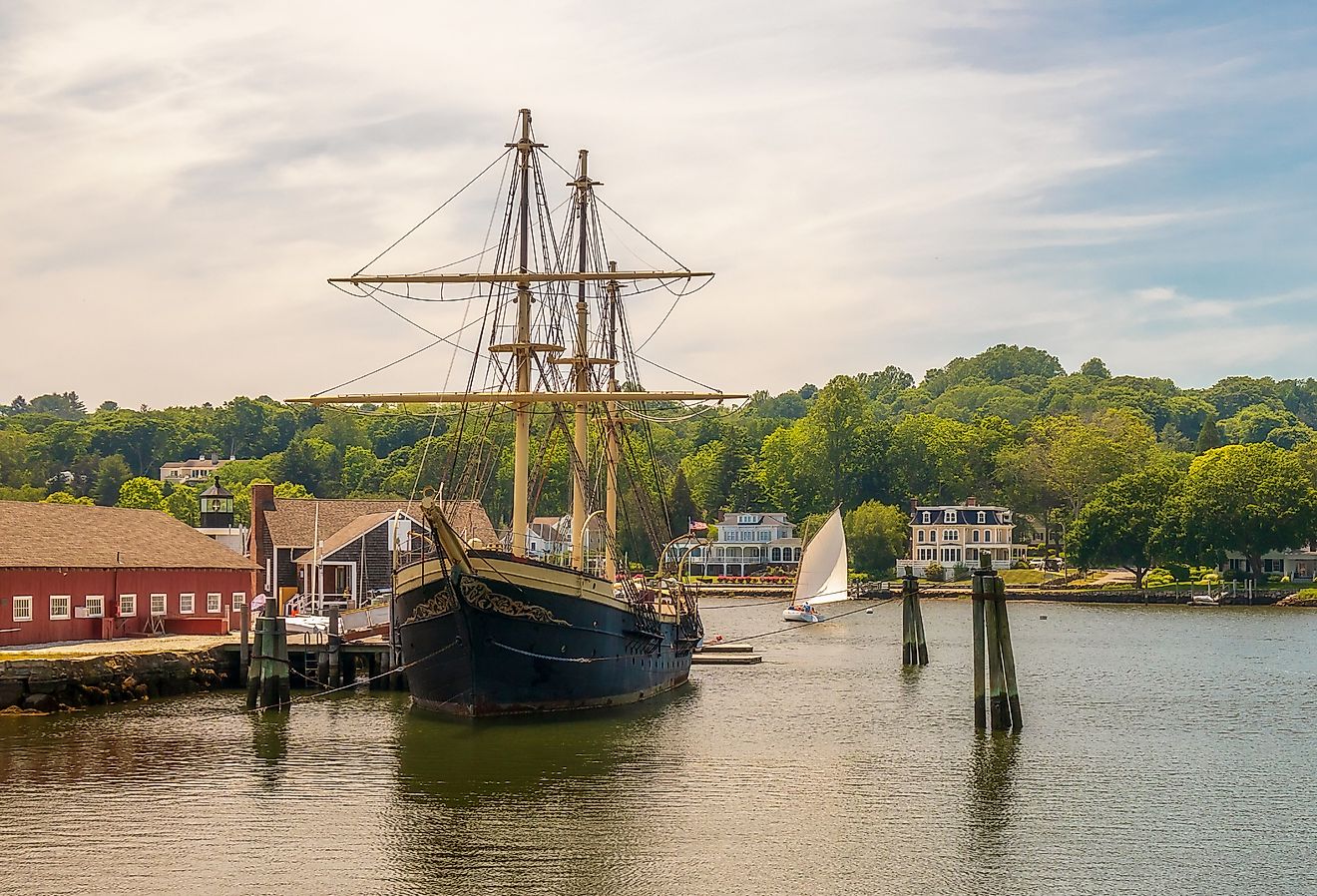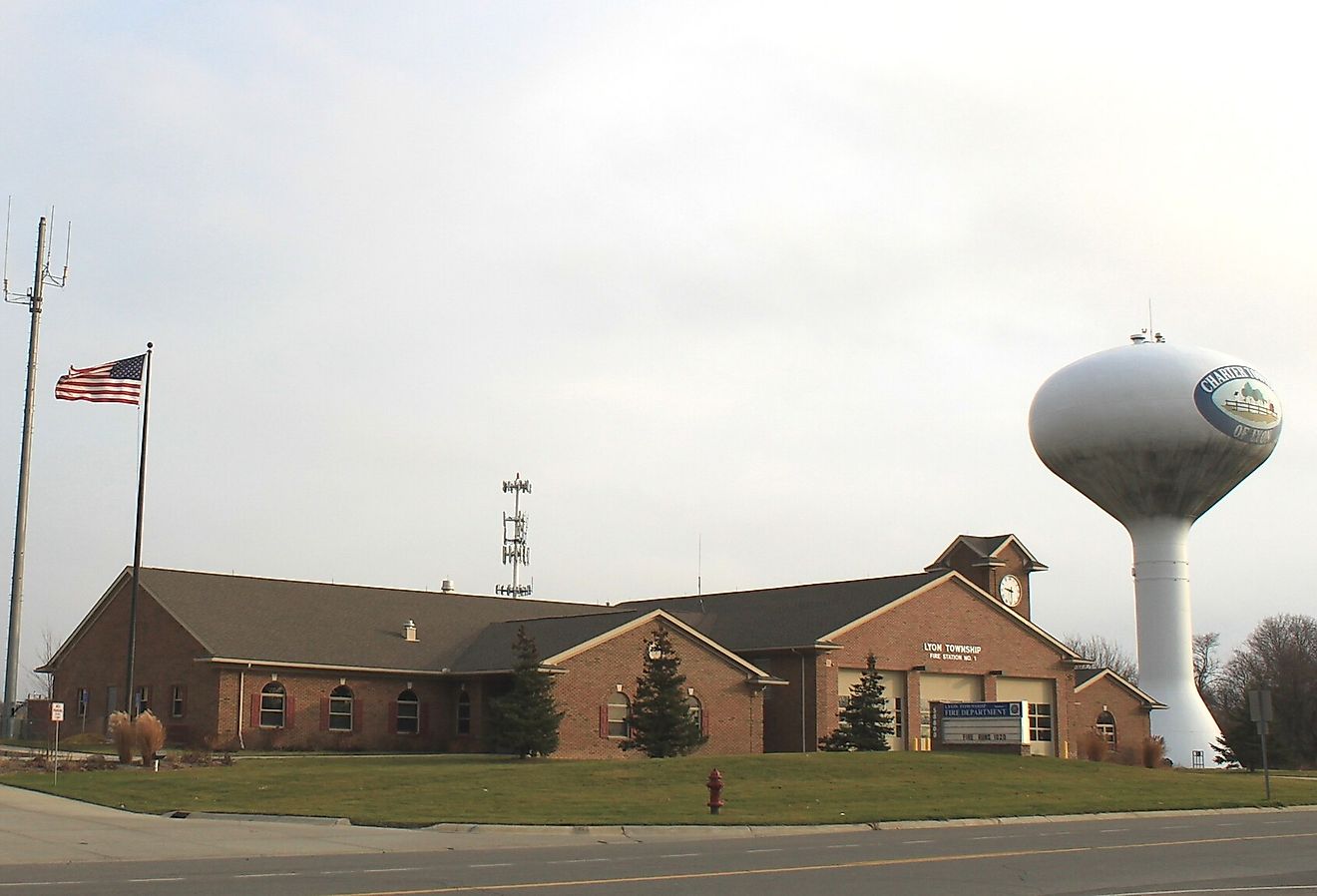Ghost Towns of America: Virginia City, Nevada

Located in the US state of Nevada, specifically in Storey County, the city of Virginia is a ghost town, although it feels very much alive. Virginia City is not only frozen in time, but this historic city offers one of the best-preserved examples of the numerous mining camps found in the western region of America. Following the gold rush era, Virginia City and nearby cities in Nevada became known as the richest gold strike site found in the Rocky Mountains region. During the first three years of gold mining, it is believed that an estimated $30 million worth of gold was extracted from the mine. By 1870s the population of the city was above 25,000 residents and was known as the richest city in the US, but by 2010 the city of Virginia only had about 855 residents.
Town Development
The city got its start in 1863 when gold was discovered in Alder Gulch. Since the men who discovered the gold wanted to keep their discovery a secret, they opted to travel for supplies to Bannack some 60 miles to the southwest. However, a few sharp-eyed prospectors noticed that their sacks were filled with gold. Upon returning to Alder Gulch, the men realized that about 200 men had been trailing them. News of the discovery spread quickly and before long prospectors flooded Alder Gulch, some living in tents, caves, makeshift shacks, or sleeping under trees. Despite the nation being in the center of the Civil War, the gold brought emigrants from all over the world. Within a short period, about 10,000 people were living in camps surrounding the Gulch. In 1864, a new territory known as Montana was created by Congress separating it from the Idaho Territory. The site of the first gold strike, Bannack, became the territory’s first capital. However, since Virginia City had gained so much popularity over the year, it finally became the new capital of the state.
How Virginia City Became a Ghost Town
As the territory flourished so did bandits who lurked about the trails to steal anything of value from the miners. To protect themselves from being robbed, a secret society of vigilantes was formed to deal with the outlaws. As a result, lynching became a common thing as the area succumbed to extreme violence and lawlessness. No sooner had the city of Virginia began to boom than it began to decline gradually. Soon after miners started moving to the Last Chance Gulch which is present day Helena, where gold had been discovered. Even though some gold was still being mined in Virginia City, the population had greatly declined, and by 1875, the territory’s capital was moved to Helena. As a result, the City of Virginia was already on its way to becoming a ghost town. As the amount of gold decreased so did the dredging operations, but when the price of gold increased significantly dredge mining was revived only to be stopped the decade that followed during the Second World War.
Present-day Virginia City
At present, very few mining operations continue in the area, and gold is primarily searched for by hobbyist. Thanks to Charles and Sue Bovey, the city of Virginia is the most preserved “ghost town” in the American West. The couple first visited the city in 1944, and they were so captivated by the place that they decided to raise money for its preservation. The couple bought buildings which they preserved and reconstructed those that had been destroyed. They also collected artifacts. However, following the death of the Bovey’s years later, the properties they owned were put up for sale. Currently, the city comprises of over 200 historic buildings preserved for tourists, and it also features several events including the Heritage Days & Victorian Ball held in August. In 1961, Virginia City was designated as a National Historic Landmark, and in 1976, it was listed on the National Register of Historic Places.











